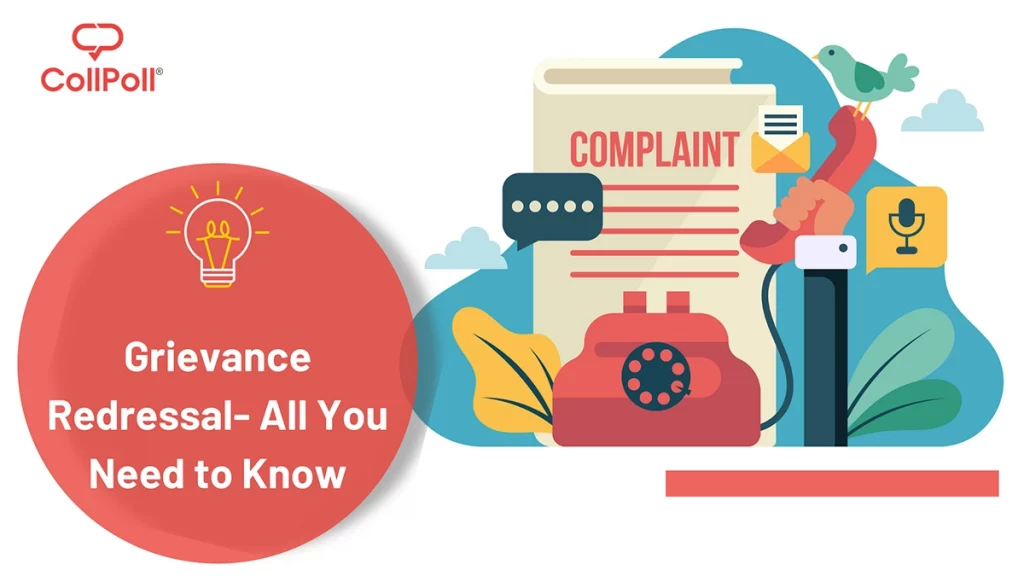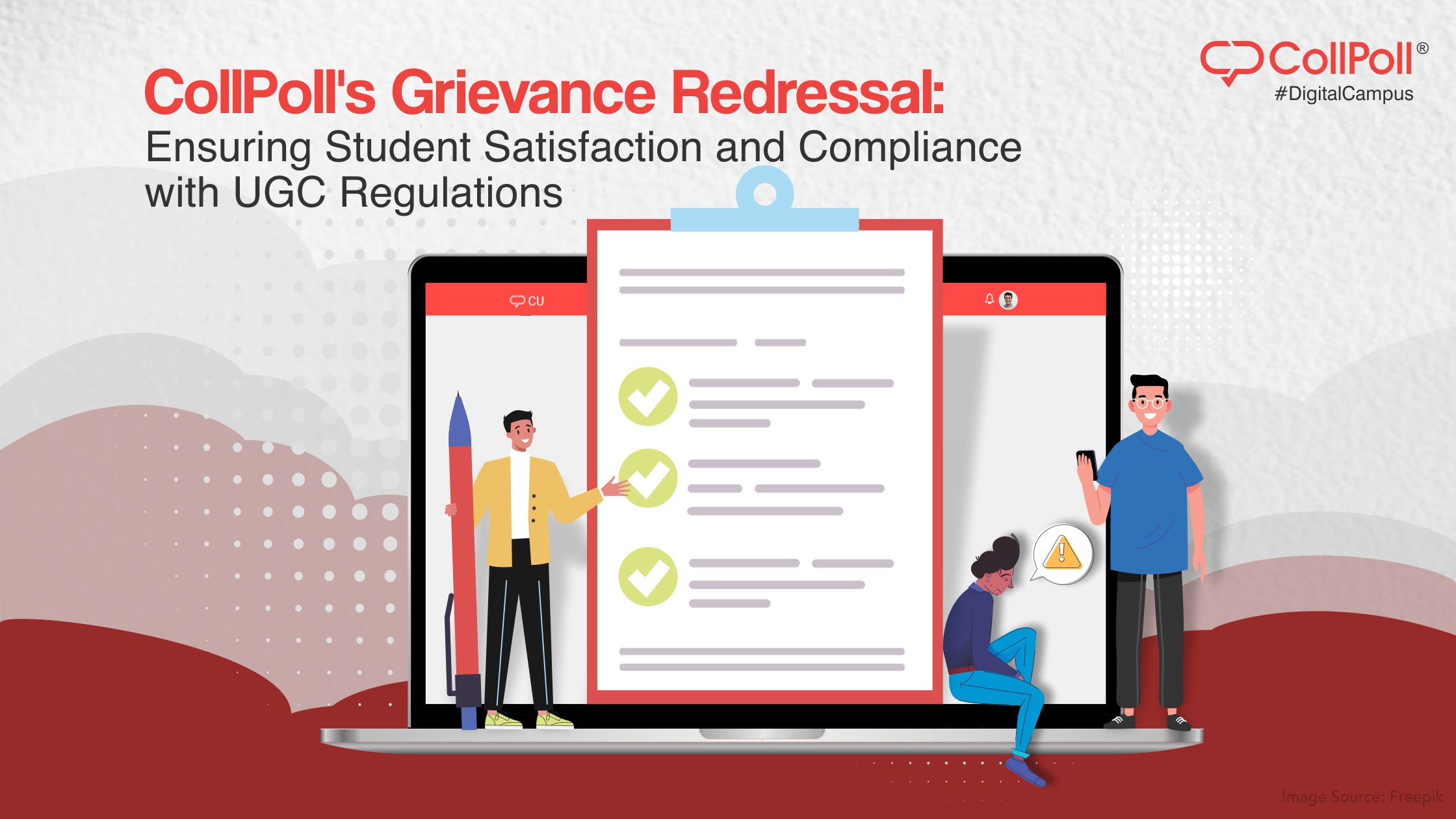Grievance Redressal is a mechanism that involves receiving and acting on complaints, grievances, and malpractices reported by students, teachers, and other stakeholders of public or private institutions. The aim is to enable prompt actions on issues raised by them and offer more efficient services. To achieve this, an online UGC grievance portal has been introduced that reaches more people and delivers high customer satisfaction.
The Mission!
- To ensure regular periodic assessment and accreditation of higher educational institutions, academic programmes, and projects.
- To create an academic environment that promotes quality education, enhanced teaching-learning methods, and research in HEIs.
- To motivate institutions for accountability autonomy, self-evaluation, and innovation.
- To conduct quality-oriented research studies, training programmes, and consultancy.
- To work with stakeholders for quality promotion, evaluation, and sustenance.
According to the NAAC, the assessment and accreditation are a partnership between NAAC and the educational institution that is being assessed. The process is transparent, and the HEI is consulted while scheduling the visit or while sharing the report to eliminate conflict of interest. Despite all measures and participatory approach, there are chances of grievances among institutions that need to be addressed immediately. Hence, NAAC has established a grievance cell with an Appeal Mechanism.
Composition of Appeals Committee
The NAAC has set up an Executive Committee as a primary authority to address the complaints raised by the institution about grading, quality, or other related issues. The EC will review all the matters received through the grievance redressal portal and take decisions based on the recommendations of an Appeals Committee (AC). It is a five-member committee nominated by the Chairman of EC, NAAC. An officer of the NAAC will be nominated by the Director of NAAC as a Convener of the AC. No member of the AC can be from the decision-making bodies of NAAC, such as the EC or Standing Committee.
What Is an Appeal?
A grievance appeal is a request submitted by an institution to review the grading. The query should be raised on valid grounds once the A&A result is announced on the NAAC portal.
Stages of an Appeal Process
- Appeal by the Institution to the Director, NAAC
- Submission of an Intent For Appeal (IFA) by the institute via email or letter in the prescribed format. This must be sent to the Director of NAAC within 15 days of result declaration. The NAAC must send a Qualitative Metrics (QlM) document to HEI within a week and the latter will request an appeal online within 30 days of receiving the email.
- The institute can also submit an online appeal on the HEI portal within 30 from the date of receiving the documents from NAAC along with a nonrefundable fee
- Scrutiny by the Director, NAACAfter reviewing the appeal, the NAAC Director will refer it and other relevant documents to the convenor of AC for further processing.
- Appeals Committee (AC)Once evaluated by the Chairman, the Appeal will be presented to the AC and it can seek more relevant information or clarification from the institute or any other person who can help. If AC decides to allow the institution to put forward its case, the Chairperson of the peer team who visited the HEI must also be present at the hearing. The EC will make a decision based on the recommendation of AC to resolve the raised grievance.
- Final Decision by ECThe EC will take the final call on the decision and notify the same to the AC.
- RepealIn case there is any further query regarding the interpretation of guidelines, the Director of NAAC in consultation with the Chairman of EC will make the final decision.
- Any delay in submission of the online appeal of IFA shall be condoned by the NAAC Director for justified reasons.
- All appeals in RAF will be disposed of according to the guidelines.
Conclusion
No education system can work without a responsive and user-friendly grievance redressal mechanism that prevents unfair practices. It addresses complaints of parents, students, teachers, and other non-teaching members, creating a satisfactory experience and providing a positive grievance cell status for all stakeholders.
If you are also looking for a common platform to enable your students, teachers, and other members to interact seamlessly with each other and administrators, then partner with CollPoll. We provide a digital portal to address common issues of educational institutions and help them achieve a higher level of productivity and efficiency.
Give us a call or send an email to request a free demo!





